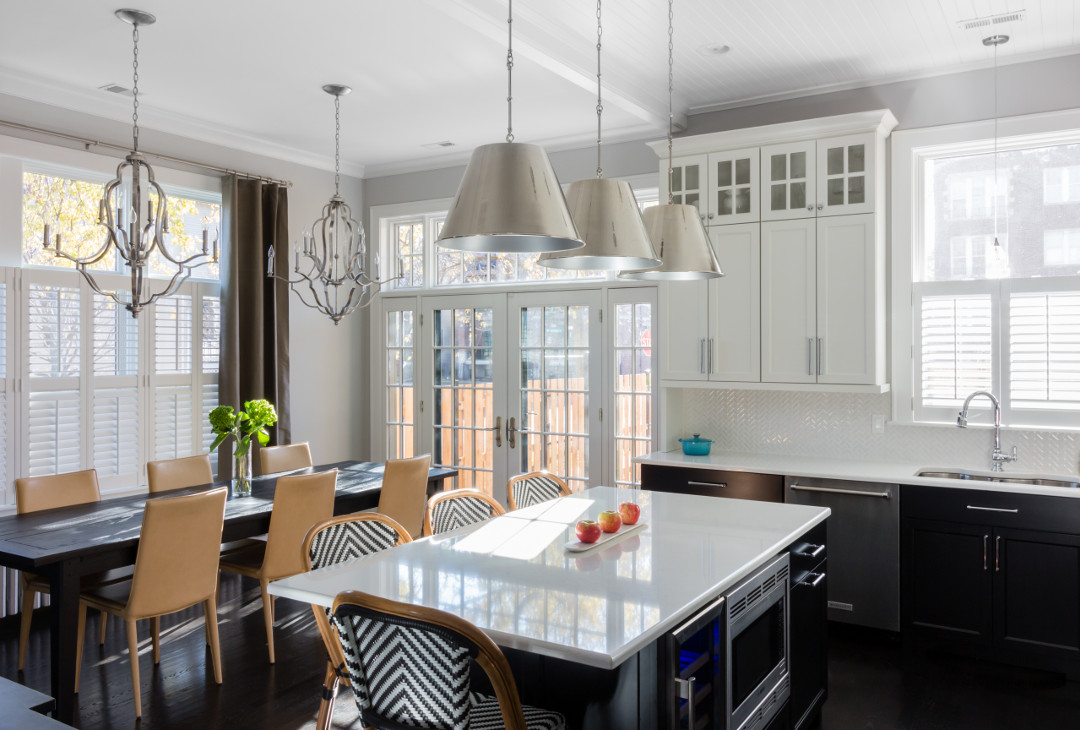How to Finance a Home Addition or Renovation: Part 1
All About Home Equity Lines of Credit (HELOCs).

Welcome to our new series on financing options for major home addition and renovation projects, in collaboration with our local Mortgage Partner, William Chu.
You may have already spoken to your broker or banker before getting estimates from general contractors, or you may have all but signed a contract with us before looking at loan options — either approach is fine.
Your broker will have different financing recommendations for you depending on the type of project, your construction estimate or budget, the value of your property, whether it is your primary residence, how long you have owned it, and the balance of your mortgage — so come prepared with this information.
If you have owned your home for several years and have sufficient equity, you may be a good candidate for a Home Equity Line of Credit, or HELOC, which we’ll discuss in detail below. On the other hand, if you just bought a home and have a large mortgage, check back soon for Part 2.
What is a Home Equity Line of Credit (HELOC)?
A HELOC is a revolving line of credit against the equity of your existing property (primary home, second home, or investment property). It works similarly to a revolving credit account; however, a HELOC is secured by the subject property as collateral. A HELOC is easier to obtain against your primary home because lenders view owner-occupied properties to be less risky.
Case study
John Doe owns his primary home and has lived in the home for more than five years. Currently, John’s mortgage balance is $200,000 and the value of his home is $550,000. John could tap 80% of the value minus the balance of his first mortgage. A HELOC (a second mortgage in this example) would allow him to use up to $240,000 to finance potential home improvements and/or a large renovation project.
What are the pros and cons of a HELOC?
The pros of a HELOC:
- You have a secured line of credit (property is the collateral) upon which you can draw repeatedly.
- You have an initial draw period ranging from 5-20 years.
- You have to make at least interest ONLY payments for the amount of funds drawn.
- You can pay off any drawn amount and re-use the line of credit for other purpose(s).
The cons of a HELOC:
- HELOC (whether as a first mortgage or a second mortgage) is a variable interest rate loan.
- HELOC balance which exists after the initial draw period requires a principal+interest payment.
- Be mindful of using a HELOC for unreasonably large purchase(s) or expense items.
Who can qualify for a HELOC?
The qualification requirements to obtain a HELOC are similar to those to obtain a closed-end first mortgage on real estate property. Lenders will need to evaluate your credit profile, income, debt and assets in order to provide you a HELOC (turning equity to cash) to finance your home improvement or large renovation projects.
For further information, contact our local Mortgage Partner, William Chu using this link: William Chu Mortgage Expert. If you are ready to get your construction estimate, don’t hesitate to get in touch!